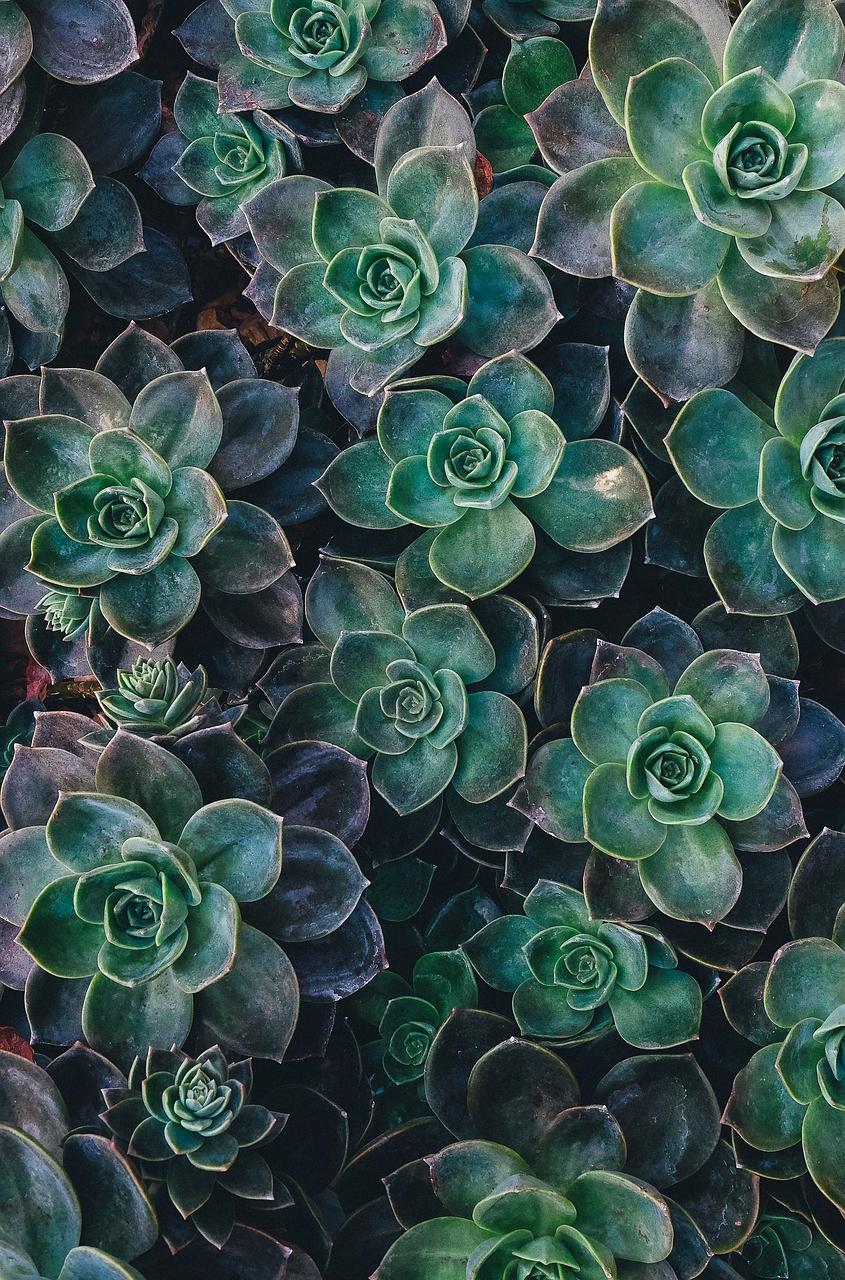When it comes to plants, sometimes distinguishing between them can be tricky, especially when you have agaves and cacti in question. While they may share some similarities, it’s crucial to understand that agave is not a cactus. Let’s delve deeper into the characteristics of each plant to clarify any confusion.
Agave: The Succulent Wonder
Agaves belong to the succulent family, known for their ability to store water in their leaves, stems, or roots. These plants are commonly found in desert environments and have adapted to withstand arid conditions. Agaves typically have thick, fleshy leaves that allow them to retain moisture, making them ideal for dry climates.
Cactus: The Prickly Pear
On the other hand, cacti are a type of succulent as well, but they have a distinct feature that sets them apart from agaves. Unlike agaves, cacti lack leaves and instead have spines or thorns that serve multiple purposes, such as providing shade, reducing water loss, and deterring predators. Cacti are renowned for their ability to thrive in hot and arid regions.
The Leafy Conundrum: Agave vs. Cactus
One of the primary differences between agaves and cacti lies in their foliage. Agaves boast large, spiky leaves that grow in a rosette pattern, whereas cacti typically have cylindrical or segmented stems with thorns or spines. This distinction is crucial in identifying whether a plant is an agave or a cactus.
Succulents Galore: Exploring Plant Diversity
It’s essential to note that while all cacti are considered succulents due to their ability to store water, not all succulents are cacti. Succulents encompass a wide variety of plant species that have adapted to arid conditions, including agaves, aloes, and sedums. Each succulent has unique features that help it thrive in its native environment.
Identification Tips: How to Differentiate Agaves from Cacti
When trying to distinguish between agaves and cacti, look for key visual cues. If the plant has large, fleshy leaves with spiky tips, it’s likely an agave. Conversely, if the plant lacks leaves and instead has a prickly stem with spines, it’s probably a cactus. Paying attention to these details can help you accurately identify the plant species.
Cultural Significance: Agaves and Cacti in Society
Both agaves and cacti hold cultural significance in various societies around the world. Agaves are known for their versatile uses, such as producing agave nectar, tequila, and fibers for textiles. In contrast, cacti have been revered for their resilience and unique aesthetic appeal, making them popular ornamental plants in gardens and landscapes.
Environmental Adaptations: Surviving in Harsh Conditions
Agaves and cacti have evolved remarkable adaptations to thrive in harsh environments. Their ability to store water and withstand extreme temperatures makes them well-suited for arid regions where water is scarce. By harnessing these adaptive traits, agaves and cacti can survive in some of the most challenging landscapes on Earth.
Horticultural Insights: Growing Agaves and Cacti
When it comes to horticulture, both agaves and cacti are popular choices for gardeners and plant enthusiasts. Agaves are relatively low-maintenance plants that require well-draining soil and plenty of sunlight. Cacti, on the other hand, thrive in sandy soil with minimal water and ample sunlight. Understanding the unique needs of each plant is key to cultivating a thriving garden.
Botanical Diversity: Exploring Plant Families
It’s fascinating to explore the diverse world of plant families and discover the unique characteristics that make each species distinct. Agaves and cacti represent just a fraction of the vast array of succulents found across the globe, each with its own adaptations and survival strategies. By appreciating the botanical diversity present in nature, we gain a deeper understanding of the world around us.
Conclusion
In conclusion, agaves are not cacti but belong to the succulent family, distinguished by their large, spiky leaves. Understanding the differences between agaves and cacti is essential for plant enthusiasts and gardeners alike, allowing them to appreciate the unique characteristics of each species. By exploring the rich botanical diversity of agaves and cacti, we gain a deeper appreciation for the wonders of the natural world.

